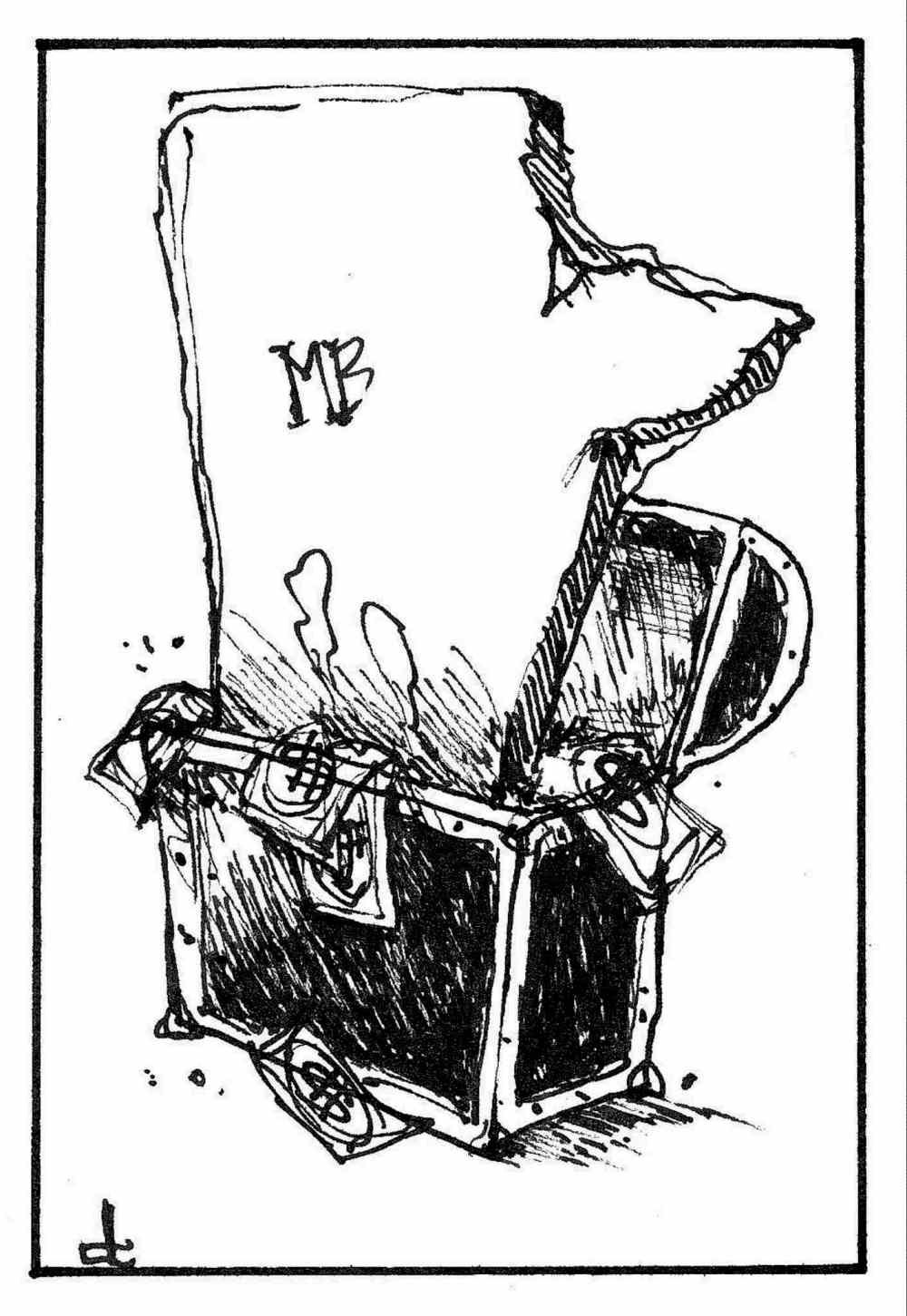NDP faces tough choices
Advertisement
Read this article for free:
or
Already have an account? Log in here »
To continue reading, please subscribe:
Monthly Digital Subscription
$0 for the first 4 weeks*
- Enjoy unlimited reading on winnipegfreepress.com
- Read the E-Edition, our digital replica newspaper
- Access News Break, our award-winning app
- Play interactive puzzles
*No charge for 4 weeks then price increases to the regular rate of $19.00 plus GST every four weeks. Offer available to new and qualified returning subscribers only. Cancel any time.
Monthly Digital Subscription
$4.75/week*
- Enjoy unlimited reading on winnipegfreepress.com
- Read the E-Edition, our digital replica newspaper
- Access News Break, our award-winning app
- Play interactive puzzles
*Billed as $19 plus GST every four weeks. Cancel any time.
To continue reading, please subscribe:
Add Free Press access to your Brandon Sun subscription for only an additional
$1 for the first 4 weeks*
*Your next subscription payment will increase by $1.00 and you will be charged $16.99 plus GST for four weeks. After four weeks, your payment will increase to $23.99 plus GST every four weeks.
Read unlimited articles for free today:
or
Already have an account? Log in here »
Hey there, time traveller!
This article was published 30/07/2014 (4171 days ago), so information in it may no longer be current.
Manitoba Finance Minister Jennifer Howard says the cost of fighting this summer’s flood could undermine the government’s fiscal situation, particularly its plan to meet its deficit target next year and ultimately to balance the budget by 2016.
This sounds strangely familiar to her warning last December that the government might not balance the books because Statistics Canada had allegedly underestimated the number of people living in Manitoba by 18,000. The miscalculation, Ms. Howard said, could cost the government $100 million a year in lost transfer payments.
During the 2011 election, Premier Greg Selinger said the province was on track to return the budget to balance by 2014 while “protecting jobs and services, without raising taxes.”

Since then, taxes were raised twice, as was the deadline for a balanced budget.
There are two possible scenarios that might explain the government’s tactics. Both involve managing expectations.
First, the government’s finances are better than represented. Under this script, the budget will decline next year followed by a triumphant announcement of a balanced account. After years of broken promises and dashed hopes, the government will call an election and boast of its sound fiscal management, achieved without cutting services.
Second, and more likely, the government knows it cannot balance the books and it is stuck with a structural deficit. As a result, the government is slowly preparing voters for the bad news, while simultaneously crowing about its heroic efforts to save services and protect Manitobans from relentless floodwaters. In military parlance, it’s called shaping the battlefield.
Well, the public can hope for the best, but it should prepare for the second scenario.
And just so there’s no confusion, the government has not presented a credible case for missing its budget targets.
The complaint that Statistics Canada underestimated Manitoba’s population has been soundly rejected by the agency and the federal government.
The flooding issue is more complicated, but equally invalid as an excuse for missing fiscal targets.
The government increased the PST last year for precisely this contingency, although it took several months before the NDP was somewhat clear about why it was raising taxes in violation of its election pledge. And even though the balanced budget legislation had no legal force, the government had always said it would respect the law.
As for flood spending, University of Winnipeg ecologist Scott Forbes, an expert on the high water in western Manitoba, said spending on flood management has actually declined over each of the last three years, a contention never disputed by the government.
The province will raise about $300 million this year from the PST increase, and every year thereafter. That’s in addition to new revenues it raised when it levied the tax on previously exempt goods and services.
The NDP should be able to handle its flood expenses quite easily, particularly since it is reportedly ready to spend some $320 million over five years. It probably should be spending more to reduce the flow of water into Lake Manitoba, but that’s another story.
Of course this summer’s flood has also disrupted business and agricultural operations, increasing the government’s expenditures while temporarily reducing revenue in lost taxation.
Many provinces are trapped in a deficit situation, but that excuse won’t fly because the government has never said it raised taxes to compensate for its fiscal problems. The extra money was always about moving forward, not treading water.
In fact, Premier Selinger said in May 2013 his government had all the revenues it needed to carry out a decade-long plan to repair roads, invest in schools and hospitals and protect residents from flooding, while also balancing the budget.
The government might have to make some tough choices, which it has never excelled at.

